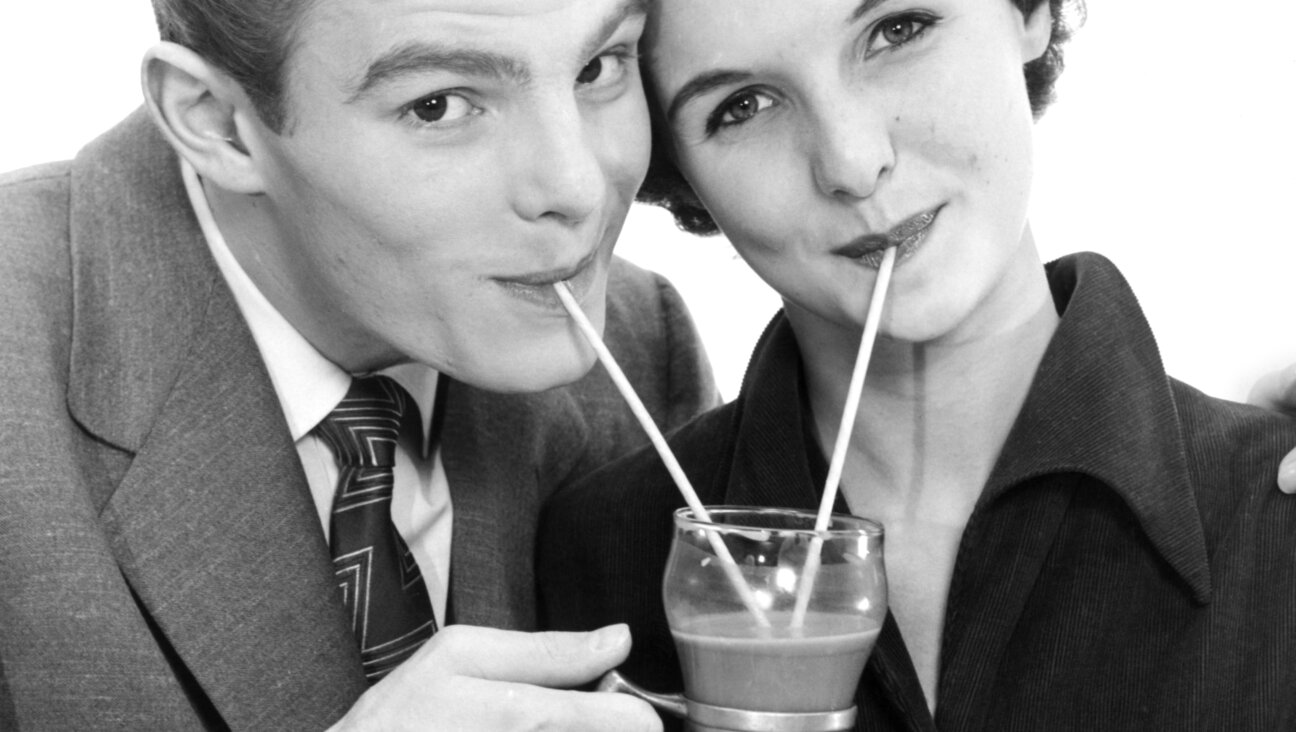The Original Tu B’Shvat Seder: ‘Pri Etz Hadar’
Some Jews will celebrate this Tu B’Shvat, by blessing and eating different kinds of fruits — paying attention to their different textures and tastes, by eating the Seven Species of grains and fruits of Israel or seven local foods and by reciting or singing a string of passages from Jewish and other texts as part of a seder.
In so doing, we turn the “outside” recurring patterns of nature into something we feel both subjectively and physically as new. But where did we get this idea to celebrate Tu B’Shvat with a seder and with the seven species? The Passover Haggadah is an influence, of course, and there are other precedents for the Jewish practice of reading and eating. But the particular form of most contemporary Tu B’Shvat seders, with their focus on blessing, eating, and talking about fruits and what they symbolize, is modeled after a mystical manual, ”Pri Etz Hadar,” [“The Fruit of the Goodly Tree”], first printed in Venice in 1728 as part of the “Hemdat Yamim”, which was heavily influenced by the kabbalists of Safed. Some Ashkenazic authorities condemned the text as Sabbatian propaganda. Until recently, it was circulated and published primarily by Sefardim.
It associates our winter seasonal longing for the return of the trees’ fruit with the Jewish national yearning for a Messiah to restore the days of the Garden of Eden. “Through the tikkun [reading] that is performed in this day with fruit, the Life of the Worlds, is aroused.”
“Pri Etz Hadar’s” idea that fruits with and without rinds or pits symbolize aspects of the world, and that mindfully eating them makes us partners with God in the renewal of the natural world, is arguably its most powerful and emotionally resonant contribution today. This is why, when we sit down to our Tu B’Shvat Seders, we take the time to bless and eat three different kinds of fruits:
• Fruit or nuts with a hard exterior & soft interior (like a banana)
• Fruit with a soft exterior & hard interior (like a peach)
• Fruit that is completely edible (like a strawberry)
Each of these different kinds of food represents and reminds us of different aspects of our existence. When we eat them with intention, they symbolically lead us towards making the world a better place. We make new associations organically with what’s happening in the social and natural worlds around us, if we call attention to it. Eating can be a Jewish experience when we look through Jewish sources, to see the whole other world around us.
Jonathan Brumberg-Kraus is a Professor of Religion at Wheaton College (MA), and a Reconstructionist Rabbi. He recently translated R. Bahya Ben Asher’s classic medieval mystical eating manual, “Shulhan Shel Arba” into English.





















